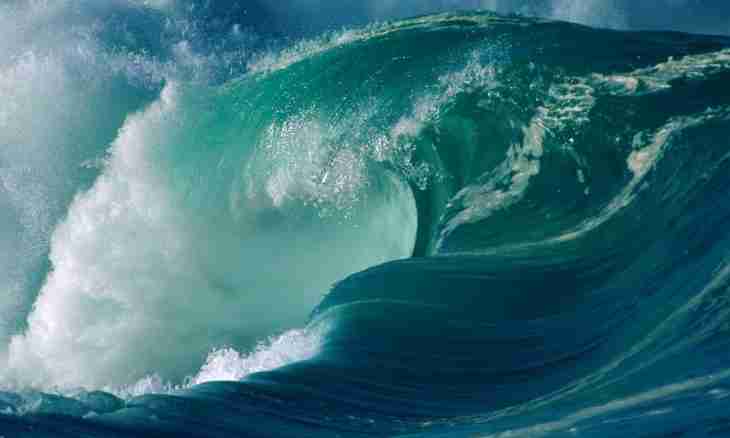The fact that light or electromagnetic radiation has properties of particles was known since the time of Compton. Louis De Broil assumed and proved the return. According to its theory, all particles have wave properties.
General information
The material waves called also de Broil's waves are the main element of all matter, including atoms of which our body consists. One of the first and most important conclusions of quantum physics is the assumption that electrons have the dual nature. They can be both a wave, and a particle. It became soon obvious that all matter possesses the same nature. For this reason substance, partly, has the same properties as electrons which are particles.
However the wavelength of particles of matter is very small, and in most cases they are hardly noticeable. For example, the wavelength of matter of a human body is about 10 nanometers. It is much less, than it is possible to notice with use of modern technologies.
Theory and its proof
The concept of waves of matter was for the first time offered by the French physicist Louis De Broylem. He only expanded the hypothesis made by Albert Einstein, Max Planck and Niels Bohr. Bohr first of all studied quantum behavior of atoms of hydrogen while de Broil tried to expand these ideas to define the wave equation for all types of matter. De Broil created the theory and submitted it as the master's thesis for which he was conferred the Nobel Prize in physics in 1929. It was the first case when the Nobel Prize was awarded for the master's thesis. The equations known as De Broil's Hypothesis, describe the dual nature of waves and particles. These equations prove that wavelength is inversely proportional to its impulse and frequency, but is directly proportional to kinetic energy. Energy is relative value which depends on units of measure. Thus, particles with a low impulse, such as electrons, at the room temperature have debroylevsky wavelength — about 8 nanometers. Particles with lower impulse, such as helium atoms, at temperatures some nanokelvins, will have wavelength only two-three microns. De Broil's hypothesis was confirmed in 1927 when scientists Lester Germer and Clinton Davison bombarded a nickel plate slow electrons. As a result of experience the diffraction picture which showed wavy characteristics of electrons turned out. Debroylevsky waves can be observed only under certain conditions because the electrons which are used for their detection have to possess small acceleration. Since 1927 the wavy nature of various elementary particles was shown and proved empirically.

